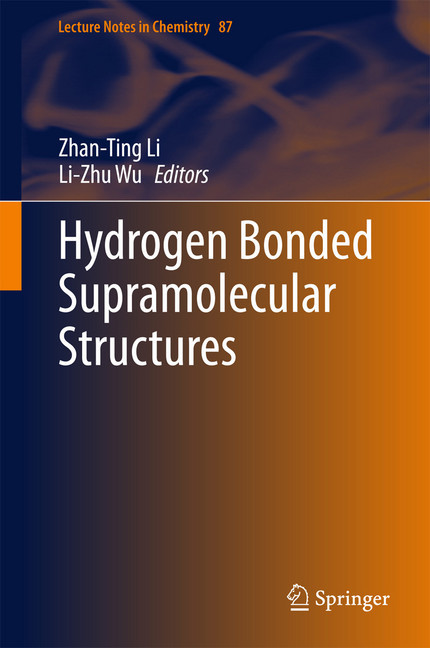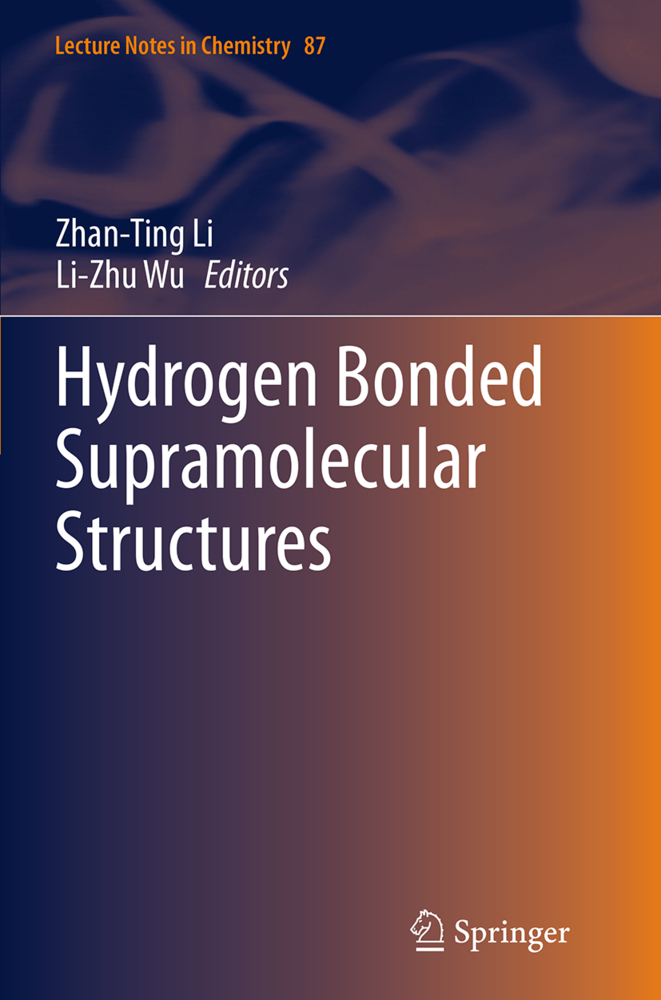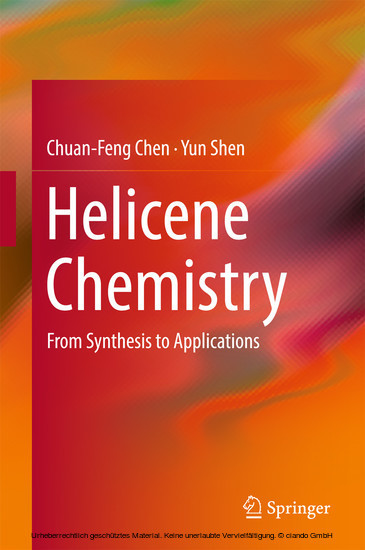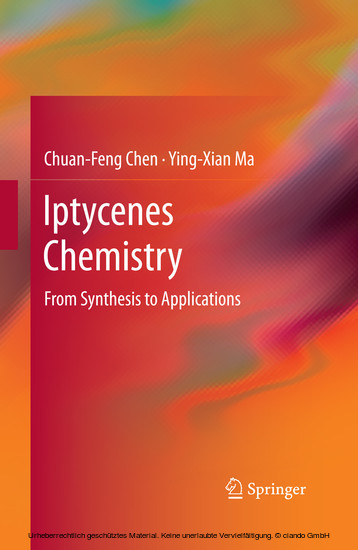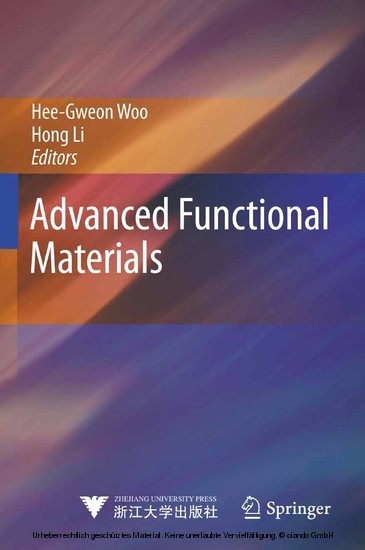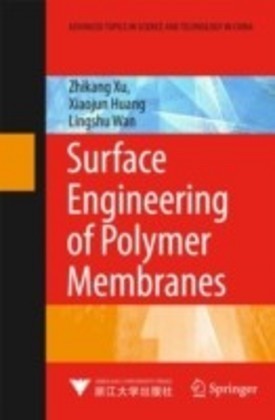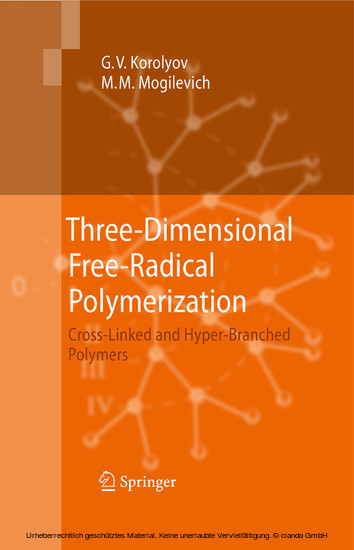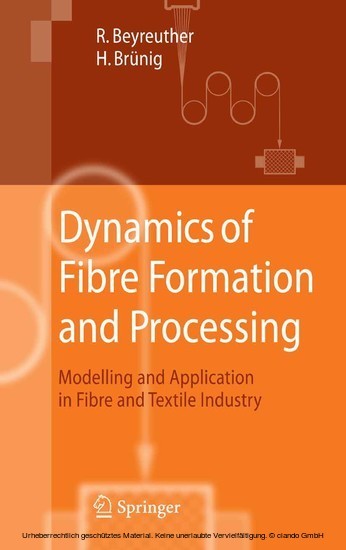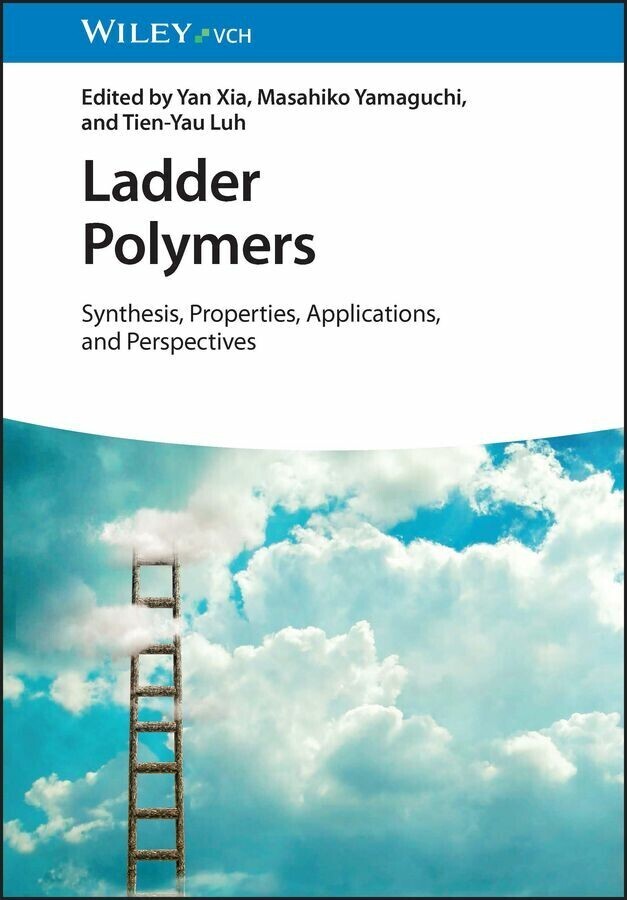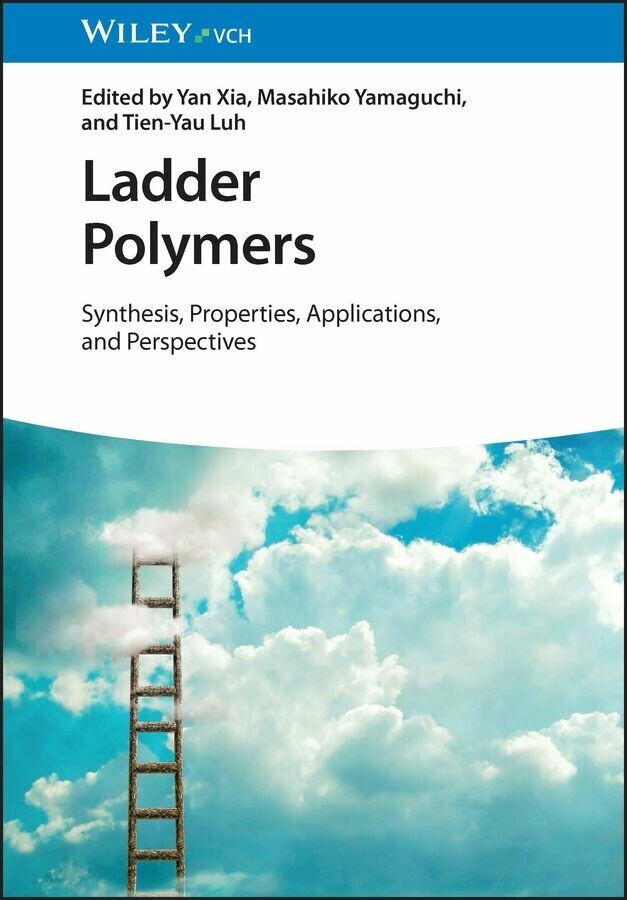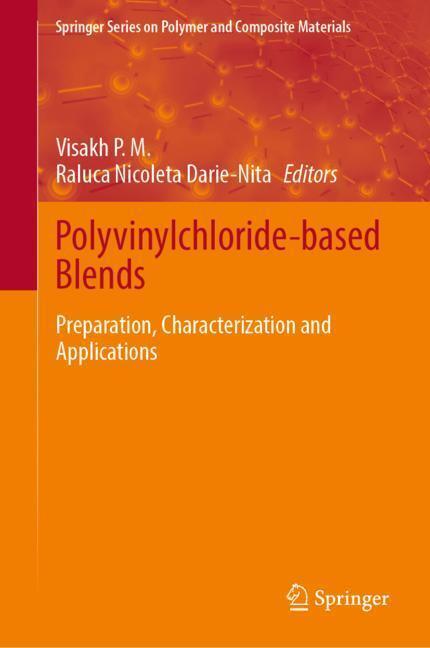Hydrogen Bonded Supramolecular Structures
Hydrogen Bonded Supramolecular Structures
This book covers the advances in the studies of hydrogen-bonding-driven supramolecular systems made over the past decade. It is divided into four parts, with the first introducing the basics of hydrogen bonding and important hydrogen bonding patterns in solution as well as in the solid state. The second part covers molecular recognition and supramolecular structures driven by hydrogen bonding. The third part introduces the formation of hollow and giant macrocycles directed by hydrogen bonding, while the last part summarizes hydrogen bonded supramolecular polymers.
This book is designed to bring together in a single volume the many important aspects of hydrogen bonding supramolecular chemistry and will be a valuable resource for graduates and researchers working in supramolecular and related sciences.
Zhan-Ting Li, PhD, is a Professor of Organic Chemistry at the Department of Chemistry, Fudan University, China.
Li-Zhu Wu, PhD, is a Professor of Organic Chemistry at the Technical Institute of Physics and Chemistry, Chinese Academy of Sciences, China.
Zhan-Ting Li was born in China in 1966. He received his BS in 1985 from Zhengzhou University and his PhD in organic fluorine chemistry in 1992 under the direction of Prof. Qing-Yun Chen at the Shanghai Institute of Organic Chemistry (SIOC), Chinese Academy of Sciences. Following postdoctoral research stays with Prof. Jan Becher at the University of South Denmark and Prof. Steven C. Zimmerman at the University of Illinois at Urbana-Champaign, he served as an Associate Professor and later Full Professor at the SIOC (1996-2010). In 2010, he switched to his present position as a Full Professor at the Department of Chemistry, Fudan University in Shanghai. Prof. Li has co-authored more than 190 peer-reviewed papers and 10 book chapters. His research interests include hydrogen bonding-mediated biomimetic structures and molecular recognition, and conjugated and self-assembled porous structures and functions.
Li-Zhu Wu received her BS from Lanzhou University (1990) and PhD from the Technical Institute of Physics and Chemistry (TIPC), Chinese Academy of Sciences (1995) under the direction of Prof. Chen-Ho Tung. She worked as a postdoctoral researcher with Prof. Chi-Ming Che at the University of Hong Kong (1997-1998) and has been a Full Professor at the TIPC since 1998. Prof. Wu has published over 200 research papers, reviews and book chapters. Her research focuses on photochemical conversion, including artificial photosynthesis, visible light-catalysis for efficient and large-scale organic synthesis, photoinduced electron transfer, and energy transfer and chemical reactions in supramolecular systems. She is currently a member of the Editorial Advisory Board of Inorganic Chemistry and Langmuir of ACS.
1;Preface;6 2;Contents;8 3;1 Hydrogen Bonding Motifs: New Progresses;13 3.1;Abstract;13 3.2;1.1 Hydrogen Bonding: The Basic Aspects;13 3.2.1;1.1.1 Definition;13 3.2.2;1.1.2 Hydrogen Bonding Donors and Acceptors;14 3.2.3;1.1.3 The Strength of the Hydrogen Bond;15 3.2.4;1.1.4 Hydrogen Bonding Formed by a Single Functional Group;17 3.3;1.2 Intramolecular Hydrogen Bonding;25 3.3.1;1.2.1 The O--H00B700B700B7X Hydrogen Bonding;25 3.3.2;1.2.2 The N--H00B700B700B7X Hydrogen Bonding;26 3.4;1.3 Intermolecular Hydrogen Bonding;36 3.4.1;1.3.1 Double Hydrogen Bonding;36 3.4.2;1.3.2 Triple Hydrogen Bonding;37 3.4.3;1.3.3 Quadruple Hydrogen Bonding;39 3.5;1.4 Conclusion;45 3.6;Acknowledgments;45 3.7;References;46 4;2 Understanding of Noncovalent Interactions Involving Organic Fluorine;49 4.1;Abstract;49 4.2;2.1 Introduction;49 4.2.1;2.1.1 Why Fluorine Is So Special?;51 4.3;2.2 Debate on Participation of Fluorine as a Hydrogen Bond Donor: Overview of the Weak X--H00B700B700B7F--C; X = N, O, C Hydrogen Bond;52 4.4;2.3 Inputs from Other Interactions Involving Organic Fluorine;65 4.4.1;2.3.1 Insight into Halogen--Halogen Interactions Involving Fluorine;65 4.4.2;2.3.2 Insights into Halogen Bond Formation Involving Fluorine (C--F00B700B700B7X; X = Halogen, N, O, S);69 4.5;2.4 Conclusions;73 4.6;Acknowledgments;74 4.7;References;74 5;3 Hydrogen Bonding in Supramolecular Crystal Engineering;80 5.1;Abstract;80 5.2;3.1 Introduction;80 5.3;3.2 Crystal Engineering Strategies;82 5.3.1;3.2.1 Supramolecular Synthons and Retrosynthesis;82 5.3.2;3.2.2 Reticular Synthesis;83 5.4;3.3 Hydrogen Bonding;84 5.4.1;3.3.1 Definition and Scopes;84 5.4.2;3.3.2 Description of Hydrogen Bonding Motifs: The Graph Sets;85 5.4.3;3.3.3 Hydrogen Bonding Rules;86 5.5;3.4 Interpenetration;86 5.6;3.5 Hydrogen Bonding Structures;88 5.6.1;3.5.1 Discrete Hydrogen Bonding Capsules;88 5.6.1.1;3.5.1.1 Dimeric Capsules;89 5.6.1.2;3.5.1.2 Hexameric Capsules;91 5.6.1.3;3.5.1.3 A Quasi-truncated Octahedron;94 5.6.2;3.5.2 1D Infinite Hydrogen Bonding Nanotubes;95 5.6.2.1;3.5.2.1 Tubes Constructed from Flat Macrocycles;96 5.6.2.2;3.5.2.2 Tubes Constructed from Calixarenes;98 5.6.2.3;3.5.2.3 Tubes Constructed from Acyclic Molecules;99 5.6.3;3.5.3 2D and 3D Borromean Arrayed Organic Crystals;101 5.6.4;3.5.4 2D 2192 3D Parallel Polycatenated Structures;104 5.6.5;3.5.5 3D Interpenetrated dia and pcu Frameworks;106 5.6.6;3.5.6 Unusual Aggregation Phase of Water Molecules;107 5.7;3.6 Applications;110 5.7.1;3.6.1 Crystal Engineering of Solid State Photochemical Reactions;110 5.7.1.1;3.6.1.1 Self-complementary Reactants;110 5.7.1.2;3.6.1.2 Auxiliary Templates;111 5.7.1.3;3.6.1.3 Confined Environments of Cavities;113 5.7.2;3.6.2 Gas Adsorption and Separation;114 5.7.3;3.6.3 Crystal Engineering of Pharmaceutical Cocrystals;116 5.8;References;118 6;4 Hydrogen Bonding-Mediated Self-assembly of Aromatic Supramolecular Duplexes;125 6.1;Abstract;125 6.2;4.1 Introduction;125 6.3;4.2 Oligoamide-Based Molecular Duplex Strands;126 6.3.1;4.2.1 Oligoamide-Based Molecular Duplex Strands;126 6.3.2;4.2.2 Applications;128 6.4;4.3 Oligohydrazide-Based Molecular Duplex Strands;132 6.4.1;4.3.1 From Supramolecular Zipper to Quadruple Hydrogen-Bonded Heterodimer;133 6.4.2;4.3.2 Strict Self-complementary Oligohydrazide-Based Duplexes;134 6.4.3;4.3.3 Shuttle Movement;135 6.4.4;4.3.4 Mutual Responsive Low Molecular Mass Organic Gelators;137 6.4.5;4.3.5 Supramolecular Substitution;137 6.4.6;4.3.6 Amide-Urea-Based Molecular Duplexes;138 6.4.7;4.3.7 ``Hao'' Templated Molecular Duplex;141 6.5;4.4 ``Covalent Casting'' Strategy-Based Molecular Duplexes;141 6.6;4.5 Other Molecular Duplex Strands;143 6.7;4.6 Conclusions and Outlook;145 6.8;References;145 7;5 Hydrogen Bonding-Driven Anion Recognition;147 7.1;Abstract;147 7.2;5.1 Introduction;147 7.3;5.2 Amide-Based Anion Recognition;148 7.4;5.3 Urea-Based Anion Recognition;159 7.5;5.4 Pyrrole-Based Anion Recognition;174 7.6;5.5 CH Donor-Based Anion Recognition;185 7.7;5.6 OH-Based A
| ISBN | 9783662457566 |
|---|---|
| Artikelnummer | 9783662457566 |
| Medientyp | E-Book - PDF |
| Auflage | 2. Aufl. |
| Copyrightjahr | 2015 |
| Verlag | Springer-Verlag |
| Umfang | 357 Seiten |
| Sprache | Englisch |
| Kopierschutz | Digitales Wasserzeichen |

